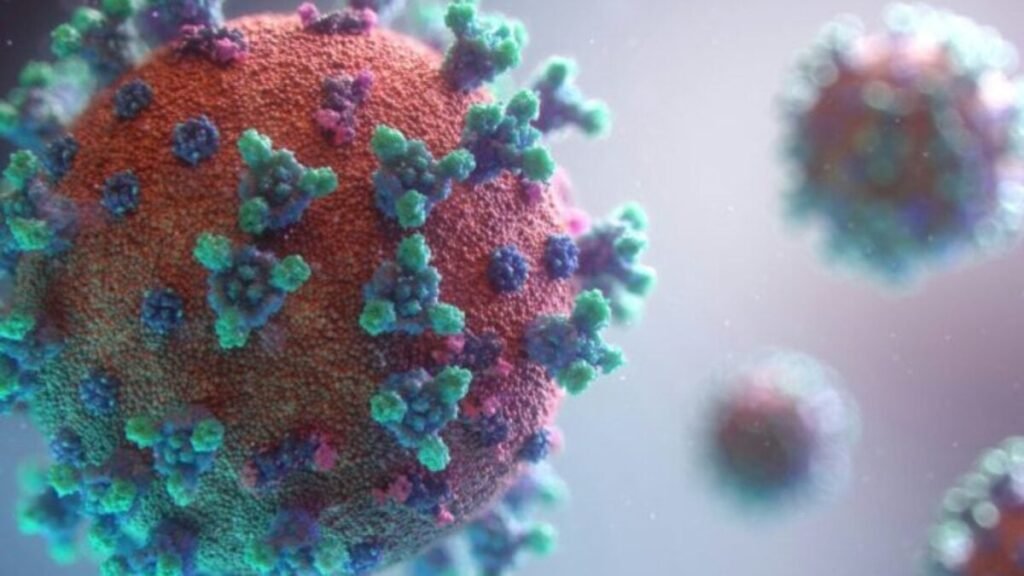First-ever Capture of the Exact Moment an Antibiotic Destroys the Armor of Resistant Bacteria. Revealing its Hidden Weakness.

For the first time, researchers have been able to witness in real-time how an antibiotic penetrates the armor of a resistant bacterium. The images, captured in London using atomic force microscopy, are not only a technological breakthrough: they reveal the “Achilles’ heel” and pave the way for more effective therapies against serious infections.
### The Decisive Moment Under the Microscope

Polymyxins, last-resort antibiotics known for over 80 years, target the outer layer of bacteria. The new images show how the bacterial surface deforms, protrusions appear, and, within minutes, the armor collapses.
“It’s as if the cell is trying to build a wall too quickly until it collapses on itself,” explained Carolina Borrelli, from the research team. The step-by-step captured sequence provides visual proof of a mechanism previously only theorized.
### The “Achilles’ Heel”: Active vs. Dormant Bacteria

The team made an even more surprising discovery: antibiotics only work when the bacteria are active. In a dormant state, the antibiotic loses effectiveness, explaining why many hospital-acquired infections persist despite treatments.
The question now is how to combine antibiotics with drugs that “awaken” bacteria, forcing them to produce their armor at such a high rate that they end up weakening.
### An Advance with Global Impact

Andrew Edwards, from the research institute, summarizes the significance of the finding: “For the first time, we can see the vulnerability of bacteria we thought were invincible.” He describes it as a paradigm shift: understanding in detail how antibiotics work allows for the design of more effective therapies against resistant infections.
This breakthrough not only affects laboratory research but could also transform clinical practice in hospitals worldwide, where superbugs already pose a daily threat.
### A Microscopic Battle with Giant Consequences
The unprecedented images are not just a display of technological power; they are a window into the most urgent battle of modern medicine. Bacterial resistance is now one of the greatest challenges in global public health, and because even the deadliest enemies, hidden at the microscopic level, have a weakness. And now science has just shown it with unprecedented clarity.






